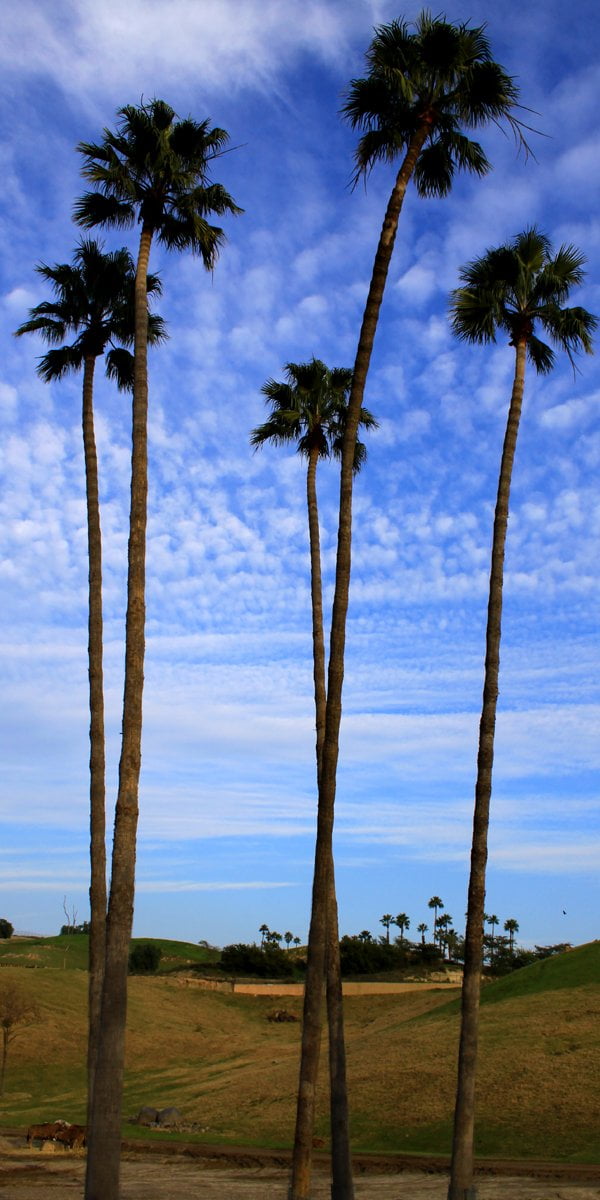 The last time I visited the San Diego Wild Animal Park, which is the breeding facility affiliated with the San Diego Zoo and a tourist attraction in its own right, I was hoping
The last time I visited the San Diego Wild Animal Park, which is the breeding facility affiliated with the San Diego Zoo and a tourist attraction in its own right, I was hoping  to see the long-staying, out-of-place Wood Stork and perhaps a Zone-tailed Hawk among the many Turkey Vultures. I was successful finding the former but not the latter. My most recent visit, on Christmas, did not net me either bird but, of course, there were many species to see besides the caged and/or wing-clipped birds that are actually meant as attractions. Our group of nine included not just my year-old son Desi but his ten-month-old and four-year-old cousins, Aaron and Audrey, so I couldn’t focus on birds as much anyway, at least, not without incurring the wrath of Daisy, who was not
to see the long-staying, out-of-place Wood Stork and perhaps a Zone-tailed Hawk among the many Turkey Vultures. I was successful finding the former but not the latter. My most recent visit, on Christmas, did not net me either bird but, of course, there were many species to see besides the caged and/or wing-clipped birds that are actually meant as attractions. Our group of nine included not just my year-old son Desi but his ten-month-old and four-year-old cousins, Aaron and Audrey, so I couldn’t focus on birds as much anyway, at least, not without incurring the wrath of Daisy, who was not 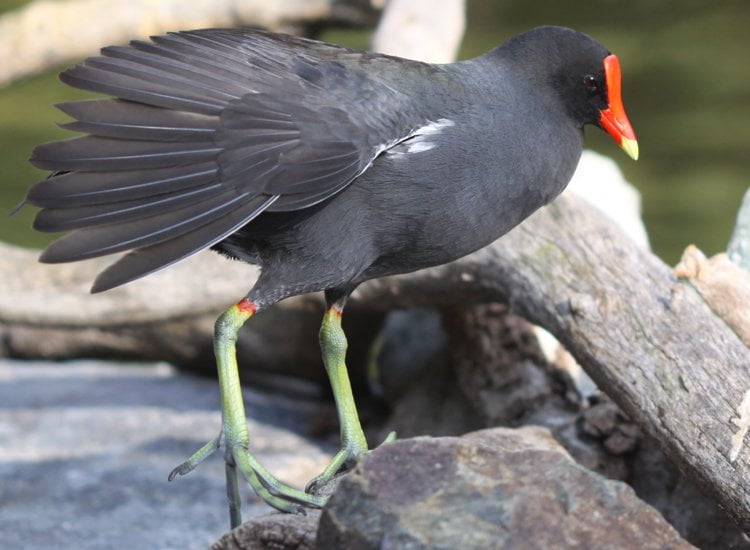 about to let me wander off in search of birds while I left her to watch after Desi. And, honestly, it was fun to enjoy the animals, wild and otherwise, with Desi and his cousins. At the end of this post I will include a list of wild species that I spotted in the hours from noon to 5 PM while also spending time with the family. The list is rather impressive, I think you will find (at least I thought so), despite my inability to focus entirely on birding.
about to let me wander off in search of birds while I left her to watch after Desi. And, honestly, it was fun to enjoy the animals, wild and otherwise, with Desi and his cousins. At the end of this post I will include a list of wild species that I spotted in the hours from noon to 5 PM while also spending time with the family. The list is rather impressive, I think you will find (at least I thought so), despite my inability to focus entirely on birding.
In addition to the myriad ponds and other water features that hold exotic flamingos, pelicans, and other water birds, the San Diego Wild Animal Park has a variety of other habitats, from stands of trees to marshy areas, from bare ground to rocky hillsides, from grassy areas where African hoofed creatures roam to pavement with picnic tables where tourists stuff their faces. So, despite the fact that one is in what is, essentially, a very large and progressive zoo, one can see a surprising number of birds that are not actual exhibitions. It is those birds that I focused on, as is my wont, and it is those birds that will be the subject of this blog post.
Black Phoebe Sayornis nigricans
The Black Phoebe above and to the right was the first bird that I got to focus on for any length of time and it was great 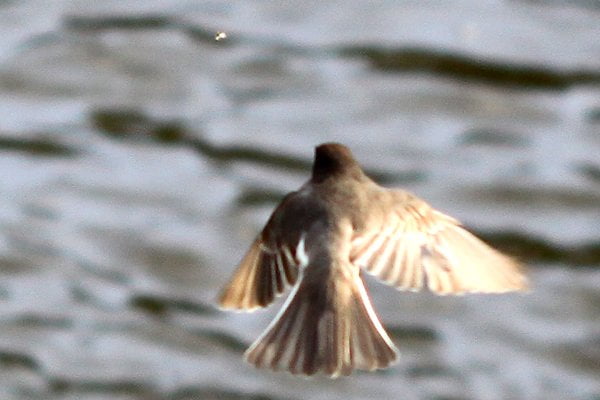 to watch it hawking after insects above an artificial waterfall. It was very successful at catching bugs, as was the one I saw later in the day that was perching on rafters in a pavilion and picking bugs from light fixtures. I am always amazed to hear the chirp that such a somberly dressed bird emits, a chirp that can only be described as cheerful. It seems strange to me when it comes from a bird that has a plumage of just black and white. Black Phoebe was not the only flycatching bird of the day; Say’s Phoebes and Cassin’s Kingbirds made appearances as well, to say nothing of Cedar Waxwings and Yellow-rumped Warblers, both of which I witnessed sallying forth on successful flycatching expeditions (though I had never before seen a Cedar Waxwing catch bugs in winter).
to watch it hawking after insects above an artificial waterfall. It was very successful at catching bugs, as was the one I saw later in the day that was perching on rafters in a pavilion and picking bugs from light fixtures. I am always amazed to hear the chirp that such a somberly dressed bird emits, a chirp that can only be described as cheerful. It seems strange to me when it comes from a bird that has a plumage of just black and white. Black Phoebe was not the only flycatching bird of the day; Say’s Phoebes and Cassin’s Kingbirds made appearances as well, to say nothing of Cedar Waxwings and Yellow-rumped Warblers, both of which I witnessed sallying forth on successful flycatching expeditions (though I had never before seen a Cedar Waxwing catch bugs in winter).
Cinnamon Teal Anas cyanoptera
Of course, one can’t visit the San Diego Wild Animal Park and not see lots of great waterfowl. The Cinnamon Teal above are the tip of the duck iceberg, with American Wigeon, a Eurasian X American Wigeon hybrid, Northern Pintail, Northern Shoveler, Mallard, and Wood Duck rounding out just the dabbling ducks. There were Pied-billed Grebes, American Coots, Common Moorhens, and, well, I won’t let this blog post devolve into list after list because, after all, no one wants to read boring stuff like that, right? So, here, look at a Ruddy Duck.
Ruddy Duck Oxyura jamaicensis
Of course, I am focusing on just the wild waterfowl, but I must also note that seeing species like Mandarin Duck, Coscoroba Swan, and Common Shelduck was neat too, and the kids, who loved being able to feed ducks, didn’t care which birds were wild and which had wings clipped to prevent their leaving the area.
A great thing about the winged creatures at the San Diego Wild Animal Park is their willingness to allow close approach, something that hordes of visitors constantly streaming through must engender in the birds. In particular, it is amazing that both American Crows and Common Ravens, usually the most wary of creatures, will allow decent photographic opportunities even when one is armed with only a 100mm lens.
American Crow Corvus brachyrhynchos
Common Raven Corvus corax
The best birds of the day at the San Diego Wild Animal Park, though, came at the very end. We went on the “Journey into Africa” tour and, amid the antelopes, giraffes, and rhinoceros I spotted a Rock Wren! Once we returned from the Journey into Africa we walked by the lions’ enclosure and I was pleased to see not only a small flock of six Lark Sparrows but also a Eurasian Collared-Dove! The former is only the fourth time I have ever encountered the species and the latter was a new bird for California for me. Our ride back to Orange County was peaceful, as all the kids fell asleep. It was a great way to spend Christmas and a fun family outing!
…


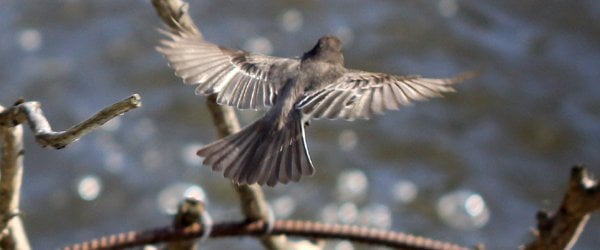
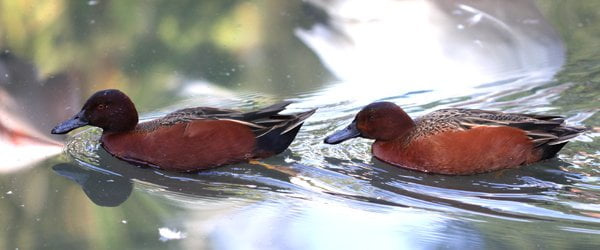
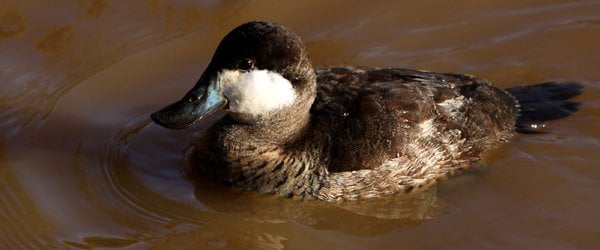
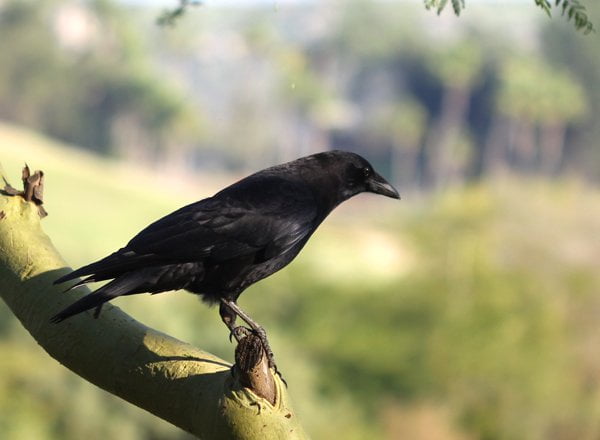
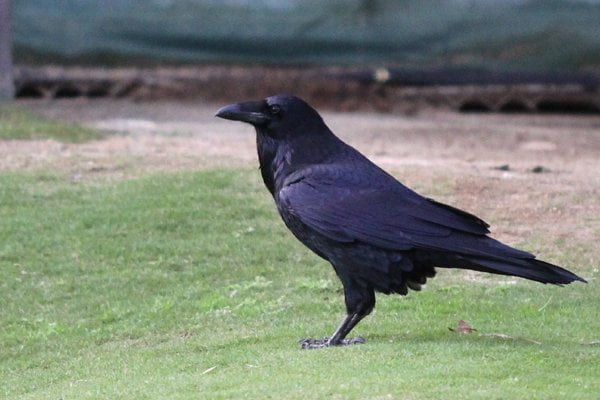
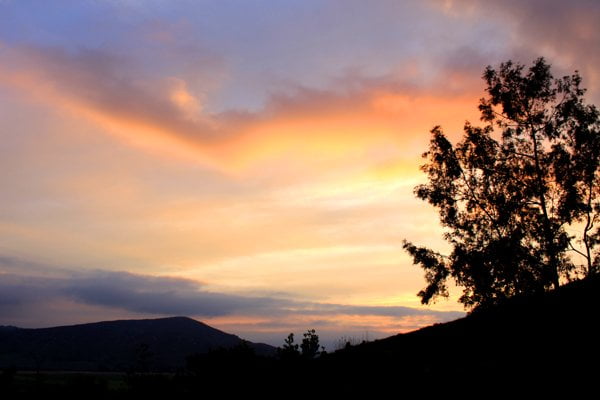











Ironically I got my life (and indeed thus far only) zone-tailed hawk in SD wild animal park. I also remember seeing some fantastic hummers in their sagebrush habitat thingy near the condors. I think I also got my life mule deer there (first trip in suitable habitat)
Its also worth keeping an eye on the plant life at both SDX and SDWP; they’re basically both close to botanic garden status in terms of quality of specimens of a number of different groups especially my beloved cycads. In fact my only disappointment in terms of the actual wildlife outside the cages was the fact that they had all those signs about watching out for rattlesnakes hiding in the mulch I couldn’t find one no matter how hard I tried. Fantastic place well worth the trip.
I haven’t been there since I was a kid! I have fond memories of the park. I even remember the Wood Storks (there were two then, I think), but had no idea that they flew in on their own back then. Thanks for reminding me about that place…
@tai haku: Sure, rub it in! 🙂
@Seagullsteve: No problem…it was my third visit and each time I enjoy it.
@Everyone: I just realized that I never included the list of species seen at the end of the post…I will get to it, eventually, I promise.